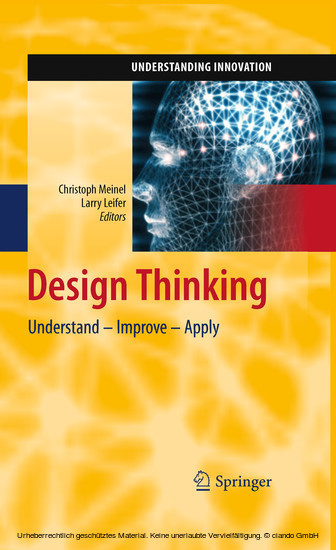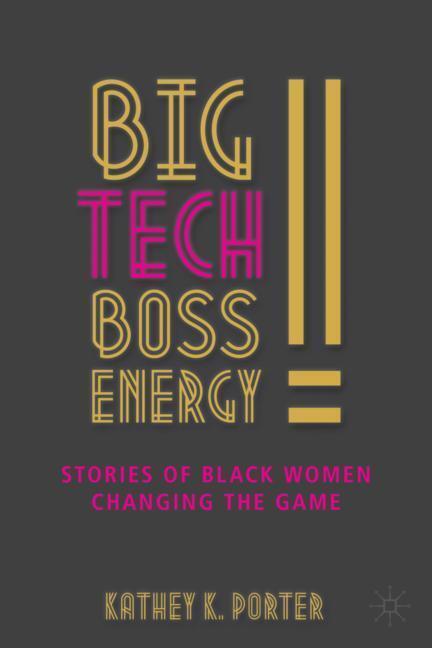Design Thinking
Understand - Improve - Apply
Everybody loves an innovation, an idea that sells. But how do we arrive at such ideas that sell? And is it possible to learn how to become an innovator? Over the years Design Thinking a program originally developed in the engineering department of Stanford University and offered by the two D-schools at the Hasso Plattner Institutes in Stanford and in Potsdam has proved to be really successful in educating innovators. It blends an end-user focus with multidisciplinary collaboration and iterative improvement to produce innovative products, systems, and services. Design Thinking creates a vibrant interactive environment that promotes learning through rapid conceptual prototyping. In 2008, the HPI-Stanford Design Thinking Research Program was initiated, a venture that encourages multidisciplinary teams to investigate various phenomena of innovation in its technical, business, and human aspects. The researchers are guided by two general questions:
1. What are people really thinking and doing when they are engaged in creative design innova-tion? How can new frameworks, tools, systems, and methods augment, capture, and reuse successful practices?
2. What is the impact on technology, business, and human performance when design thinking is practiced? How do the tools, systems, and methods really work to get the innovation you want when you want it? How do they fail?
In this book, the researchers take a system s view that begins with a demand for deep, evidence-based understanding of design thinking phenomena. They continue with an exploration of tools which can help improve the adaptive expertise needed for design thinking. The final part of the book concerns design thinking in information technology and its relevance for business process modeling and agile software development, i.e. real world creation and deployment of products, services, and enterprise systems.
1. What are people really thinking and doing when they are engaged in creative design innova-tion? How can new frameworks, tools, systems, and methods augment, capture, and reuse successful practices?
2. What is the impact on technology, business, and human performance when design thinking is practiced? How do the tools, systems, and methods really work to get the innovation you want when you want it? How do they fail?
In this book, the researchers take a system s view that begins with a demand for deep, evidence-based understanding of design thinking phenomena. They continue with an exploration of tools which can help improve the adaptive expertise needed for design thinking. The final part of the book concerns design thinking in information technology and its relevance for business process modeling and agile software development, i.e. real world creation and deployment of products, services, and enterprise systems.
1;Foreword;5 2;Contributors;9 3;Design Thinking Research;12 3.1;1 The Philosophy of Design Thinking;12 3.2;2 Rules of Design Thinking;13 3.3;3 The Program Book;16 3.4;4 In Summary;20 4;Part I Design Thinking in Various Contexts;21 4.1;Design Thinking: A Fruitful Concept for IT Development?;22 4.1.1;1 Introduction: On Problem Solving in Design and Science;22 4.1.2;2 Understanding the Problem: Overcoming the Dilemma of Analytical Thinking in IT Development by Design Thinking?;25 4.1.3;3 Discussing the Context: Waterfalls, Agility, and New Design Professions;28 4.1.4;4 Discussion: On the Challenges of Translating Design Thinking into Action;32 4.1.5;5 Outlook;36 4.1.6;References;36 4.2;A Unified Innovation Process Model for Engineering Designers and Managers;38 4.2.1;1 Introduction;38 4.2.2;2 Unified Innovation Process Model for Engineering Designers and Managers;40 4.2.3;3 Research Methodology;43 4.2.4;4 Designers Gain Necessary Insights by Experimenting;45 4.2.5;5 Reviewers Often Discourage Experimenting;53 4.2.6;6 Discussion;58 4.2.7;7 Conclusion;60 4.2.8;References;61 4.3;Product Differentiation by Aesthetic and Creative Design: A Psychological and Neural Framework of Design Thinking;63 4.3.1;1 Introduction;63 4.3.2;2 Aesthetics and Creativity as Design Thinking Mechanisms;65 4.3.3;3 A Definition and Framework of Design Thinking;70 4.3.4;4 Conclusion;72 4.3.5;References;72 5;Part II Understanding Design Thinking;76 5.1;Re-representation: Affordances of Shared Models in Team-Based Design;77 5.1.1;1 Introduction;77 5.1.2;2 Media Models and Media Cascades;78 5.1.3;3 Cognitive Strategies;83 5.1.4;4 Experimental Data;84 5.1.5;5 Tangible Business Process Modeling;87 5.1.6;6 Conclusion;94 5.1.7;7 Future Work;94 5.1.8;References;95 5.2;The Co-evolution of Theory and Practice in Design Thinking - or - "Mind the Oddness Trap!";96 5.2.1;1 From Design Thinking to Design Thinking Research;96 5.2.2;2 Experts RevealingWhat They Think About Design Thinking;97 5.2.3;3 Telling Differences, Illuminating Parallels;99 5.2.4;4 Preparing a Look Behind the Curtain: Specifying Hypotheses;101 5.2.5;5 Why Experiments Matter;103 5.2.6;6 The Challenge;104 5.2.7;7 Operationalization or: Let's Be Concrete!;105 5.2.8;8 Looking Behind the Curtain: The Experiment;108 5.2.9;9 Design Thinkers Versus "Ordinary Students": Results;109 5.2.10;10 Discussion;112 5.2.11;11 WhatWeWish to Pass Back;113 5.3;Innovation and Culture: Exploring the Work of Designers Across the Globe;115 5.3.1;1 Introduction;115 5.3.2;2 National Culture and Design Practice;116 5.3.3;3 Method;117 5.3.4;4 Insights;119 5.3.5;5 Conclusions;123 5.3.6;References;124 5.4;The Efficacy of Prototyping Under Time Constraints;125 5.4.1;1 Introduction;125 5.4.2;2 Method;128 5.4.3;3 Results;130 5.4.4;4 Participant Creations;133 5.4.5;5 Interviews;133 5.4.6;6 Conclusion;138 5.4.7;7 Future Work;139 5.4.8;References;140 6;Part III Tools for Design Thinking;143 6.1;An Instrument for Real-Time Design Interaction Capture and Analysis;144 6.1.1;1 Introduction;144 6.1.2;2 Improving Design Process Instrumentation;146 6.1.3;3 A Real-Time Design Research Instrument;149 6.1.4;4 Key Findings and Contribution;153 6.1.5;5 Conclusion and Future Work;156 6.1.6;References;158 6.2;Tele-Board: Enabling Efficient Collaboration In Digital Design Spaces Across Time and Distance;159 6.2.1;1 Creativity Across Distances: CanWe Make ItWork?;159 6.2.2;2 Analyzing Design Thinking Working Modes;161 6.2.3;3 Evaluating Existing Tools for Remote Collaboration;163 6.2.4;4 Our Tool: Tele-Board - A Digital Whiteboard for Remote Collaboration;165 6.2.5;5 Tele-Board: User Feedback;172 6.2.6;6 Outlook and Future Work;173 6.2.7;References;176 6.3;Physicality in Distributed Design Collaboration;177 6.3.1;1 Introduction;177 6.3.2;2 Understanding Collaboration in Design;180 6.3.3;3 Explorations in Distributed Design;182 6.3.4;4 Plans and Issues for the Future;188 6.3.5;5 Conclusion;189 6.3.6;References;190 7;Part IV Design Thinking in Information T
Plattner, Hasso
Meinel, Christoph
Leifer, Larry
| ISBN | 9783642137570 |
|---|---|
| Artikelnummer | 9783642137570 |
| Medientyp | E-Book - PDF |
| Copyrightjahr | 2010 |
| Verlag | Springer-Verlag |
| Umfang | 246 Seiten |
| Sprache | Englisch |
| Kopierschutz | Digitales Wasserzeichen |











